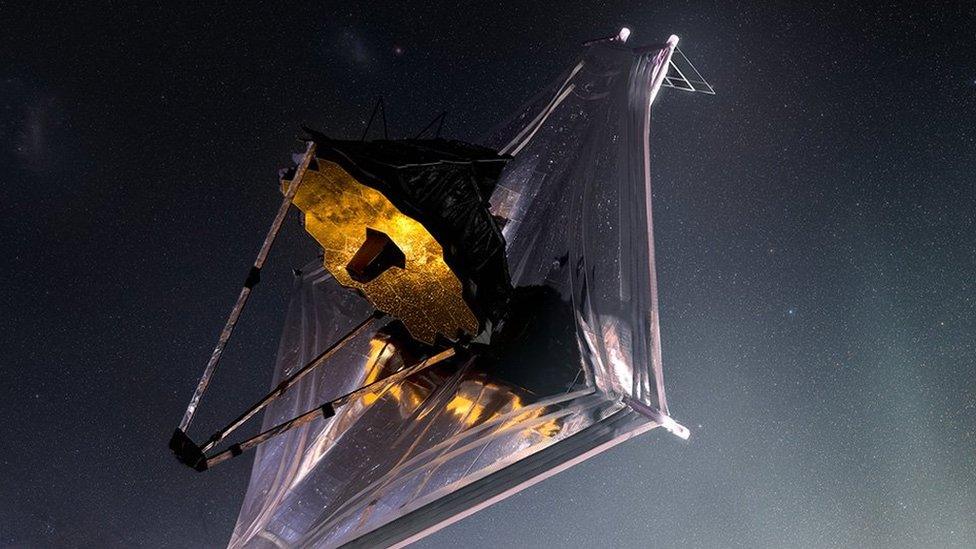James Webb Telescope: Check out the clearest pic of Neptune in decades
- Published
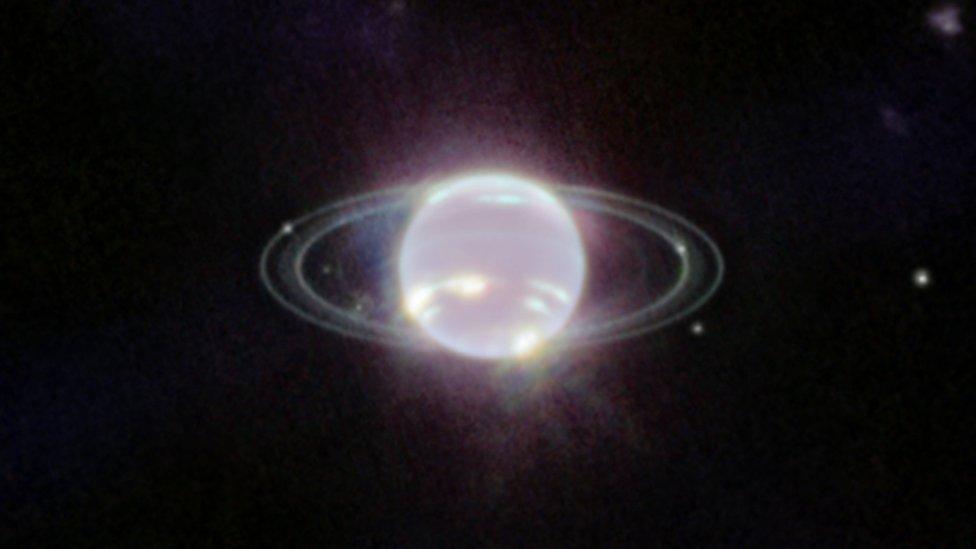
This image of Neptune shows the rings and the dust bands that circle the planet. Neptune is the furthest planet from earth in our Solar System, beyond Uranus and Saturn, but before the dwarf planet Pluto. The team at Nasa are interested in the different cloud structures that surround the planet, which might tell them more about Neptune's atmosphere.
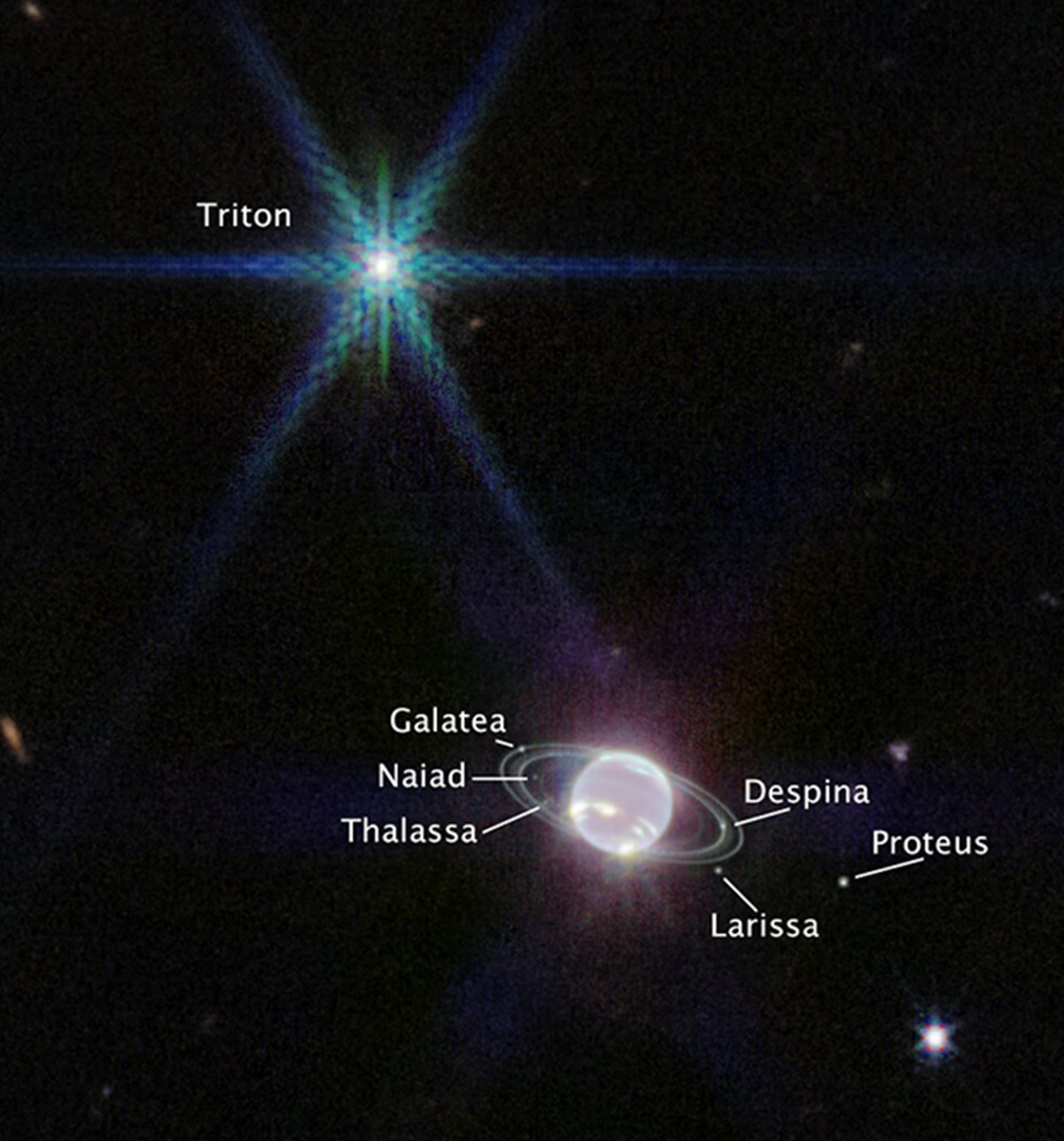
It isn't just Neptune that the telescope could see clearly, but also the planet's 14 moons. One of the moons called Triton is the biggest and shines brightly in this picture. Triton reflects an average of 70% of the sunlight that hits its icy surface which makes it appear really bright.
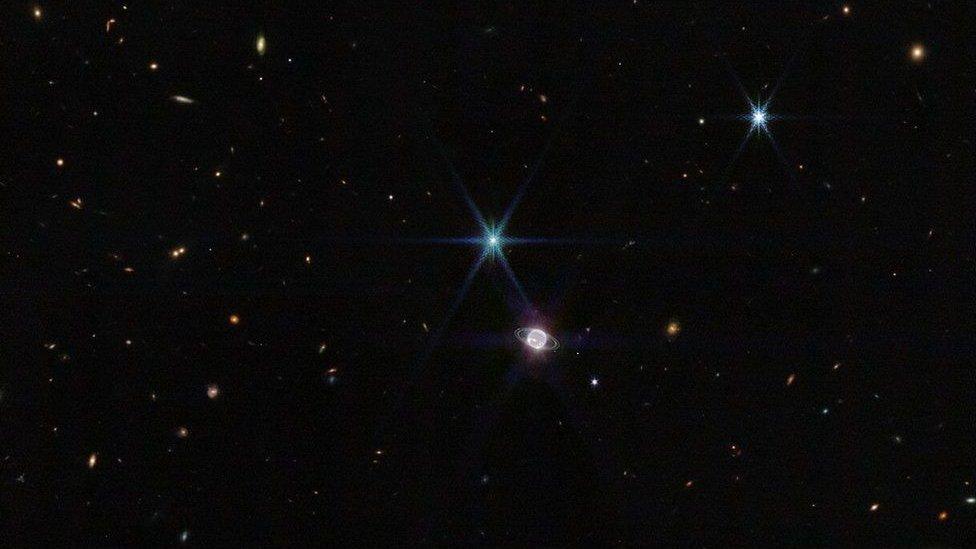
The wide view image shows Neptune and its rings clearly. Neptune circles the Sun from a distance of 4.5 billion km, and takes 164.8 years to complete one orbit of the Sun. Scientists also call it the ice giant planet because of the chemicals it's made from.
- Published13 July 2022
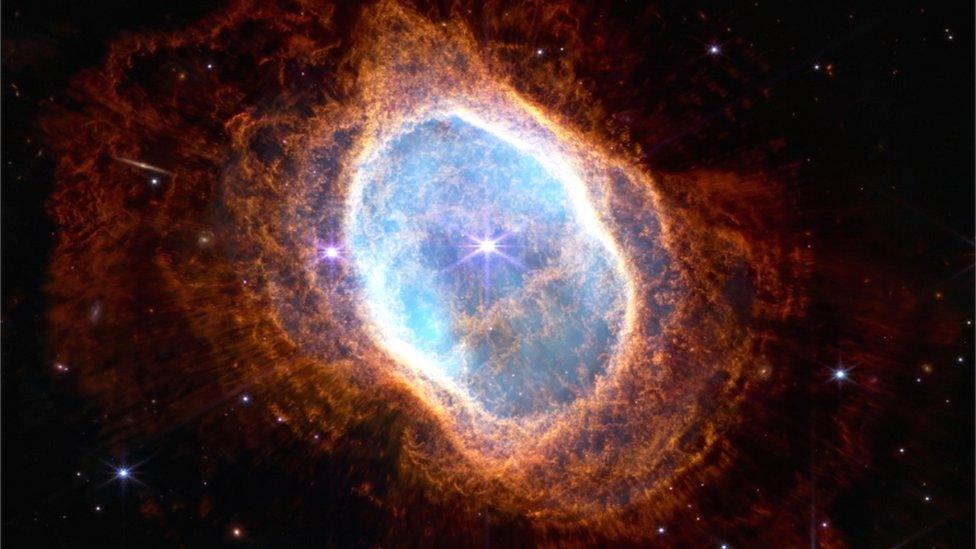
- Published28 December 2021
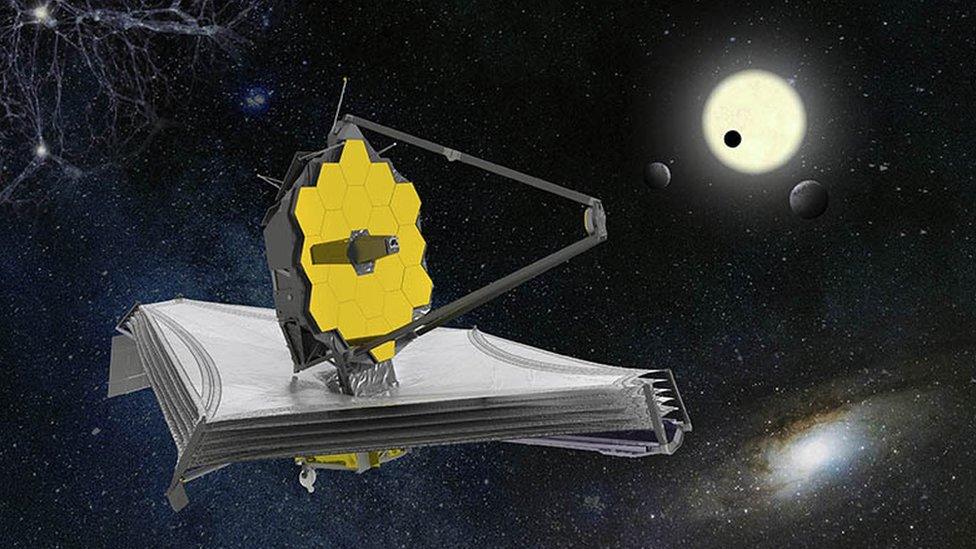
- Published9 January 2022
